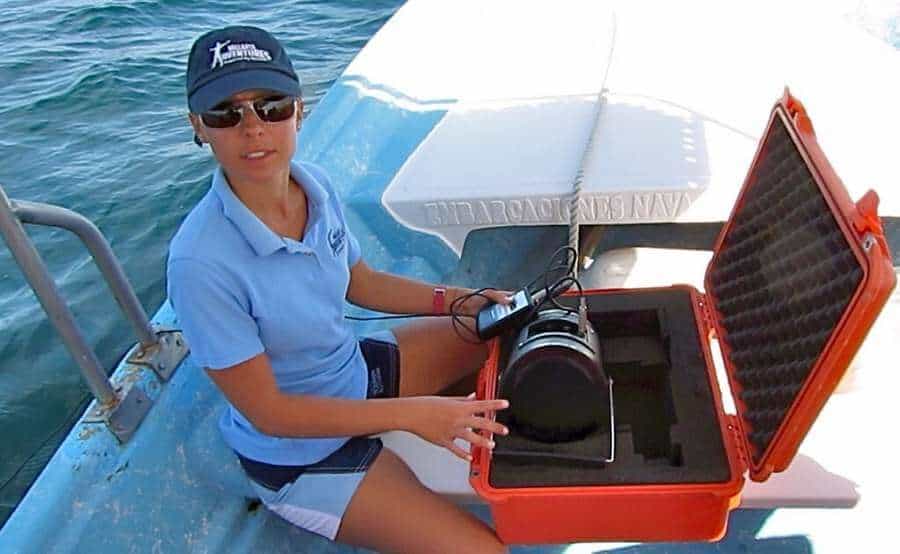The ocean is full of remarkable beings, both large and small. Humpback whales (and whales in general) are among the most interesting to study. In fact, humpbacks are one of the most researched whale species that are within the baleen
(and whales in general) are among the most interesting to study. In fact, humpbacks are one of the most researched whale species that are within the baleen whale type.
whale type.
Baleen whales are whale species that do not have teeth. Rather, they have plates that allow them to swallow their foods whole.
Moreover, these whales always have two blowholes. Because whales are mammals, they require access to fresh air, even though they live in the water.
Humpback whales have proved throughout the many years of research that’s been conducted on them that they are quite interesting.
From there interactions to their behaviour, to their migrating, mostly all corners of research have been combed over.
But this isn’t to say that scientists or volunteers are stretched thin in their findings. In fact, this species continuously provides ample research information!
Research of these incredible mammals is conducted all throughout the world. There are many different programs that study various things.
One of the biggest organisations in the United States specifically includes the Center For Coastal Studies which operates out of Provincetown
which operates out of Provincetown , Massachuttes.
, Massachuttes.
Their research spans across many types of marine life and ecosystems, however, they have some extensive humpback data under their belts as well. Below are some of the data that they have collected throughout the years.
Center For Coastal Studies, Provincetown, Massachuttes Humpback Whale Findings
They’ve Continuously Monitored Humpback Populations In Relation To The Gulf Of Maine
Since the 1970s, this coastal study organisation has kept up with maintaining records of humpback populations exclusive to the Gulf of Maine waters .
.
In order to really achieve this, the company spends over two months at sea capturing countless photos of these creatures when they flock to these waters in the North Atlantic waters .
.
What makes this so unique is that they are able to determine if the pictures they are taking are of previous whales or new ones.
Humpbacks are identified specifically by their pigmentation colouring that is located on their flukes as well as their overall dorsal fin shapes.
They Keep In Close Contact With Other Research Groups Across The World
As part of their efforts in studying these magnificent mammals, the Center For Coastal Studies keeps in contact with many other research groups across the world.
In fact, they might even find themselves travelling to those parts of the world to conduct studies themselves.
Some of their most notorious work outside of the Gulf of Maine includes work in the West Indies where they have recorded humpback whale’s mating habits and calve productions.
where they have recorded humpback whale’s mating habits and calve productions.
Moreover, their research has stretched outside of the North Atlantic to include the North and South Pacific areas.
They Have Been A Part Of The International YONAH Project
The YONAH humpback whale project , also known as the “Years Of North Atlantic Humpback”, was an international project aimed at studying humpbacks within the North Atlantic region
, also known as the “Years Of North Atlantic Humpback”, was an international project aimed at studying humpbacks within the North Atlantic region .
.
These studies specifically examined the populations of humpbacks and their migration status, mating practises health vitals, and overall issues related to their population sizes.
This research aided in truly understanding the importance of preserving these creatures. The project was in the early 1990s and spanned across countries such as Norway, Greenland, Canada, the US, and Iceland.
This large span of the area proved that humpbacks were capable of travelling great distances.
Their Extensive Research Since The 1970s Has Shown Lifespan Possibilities For Humpbacks
Because the Center For Coastal Studies photographs the humpbacks in order to study their specific markings and dorsal fin shapes, they are able to properly monitor which whales are continuously showing up in specific areas.
One such whale is nicknamed “Salt” who regularly appears in the southwestern part of the Gulf of Maine every year and has done so since the 1970s.
Research like this has shown that humpback whales can have lifespans reaching upwards of 50 years, possibly more.
They Are Able To Determine Any Injuries To The Whales
An unfortunate side to the ocean is its pollution . Moreover, creatures like humpback whales, which are so massive in size, can get tangled within fishing nets, etc.
. Moreover, creatures like humpback whales, which are so massive in size, can get tangled within fishing nets, etc.
Researchers are able to see any physical changes to the humpback populations that might indicate that they were entangled in something dangerous.
This particular portion of research gives insight into the importance of paying attention to where fishing nets are being tossed as well as the amount of pollution that might end up in the ocean waters.
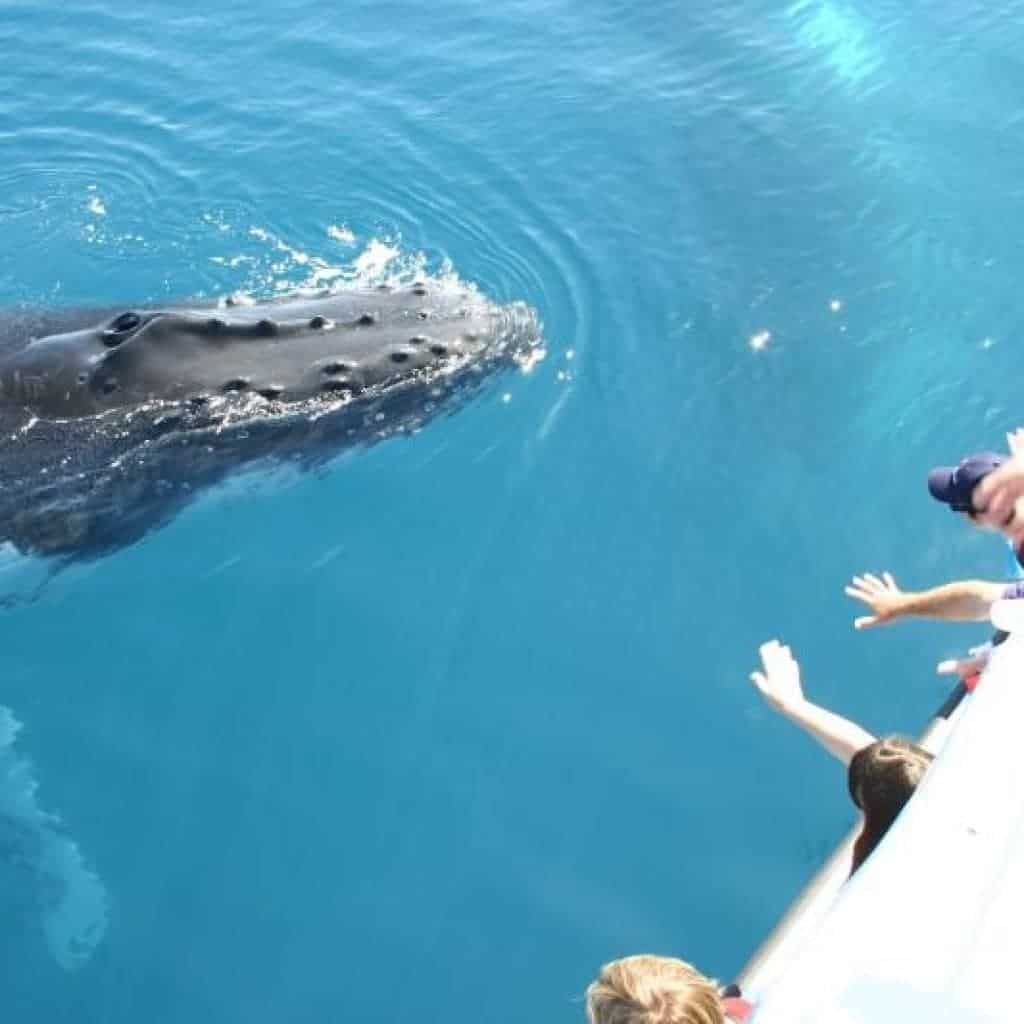
Humpback Whale Research Australia
Australia is one of the most remarkable countries on the planet. There are countless exotic wildlife populations including marine life. Much like other parts of the world, Australia sees its fair share of humpback whales flocking to its waters.
is one of the most remarkable countries on the planet. There are countless exotic wildlife populations including marine life. Much like other parts of the world, Australia sees its fair share of humpback whales flocking to its waters.
The humpback whales in this region migrate north every year as an important part of their routines.
They are doing so to mate and produce calves! They specifically migrate from their feeding grounds (which humpbacks have quite a few locations around the world) to where they will mate.
Along the way, they stop in the pleasant waters around Australia, specifically its eastern coast.
Because of this yearly event, as well as other sightings of these creatures, Australia has its own research groups.
In fact, Australia has quite a few of them! Below are some of the most notable research groups that have dedicated time to Australia’s humpback whale populations!
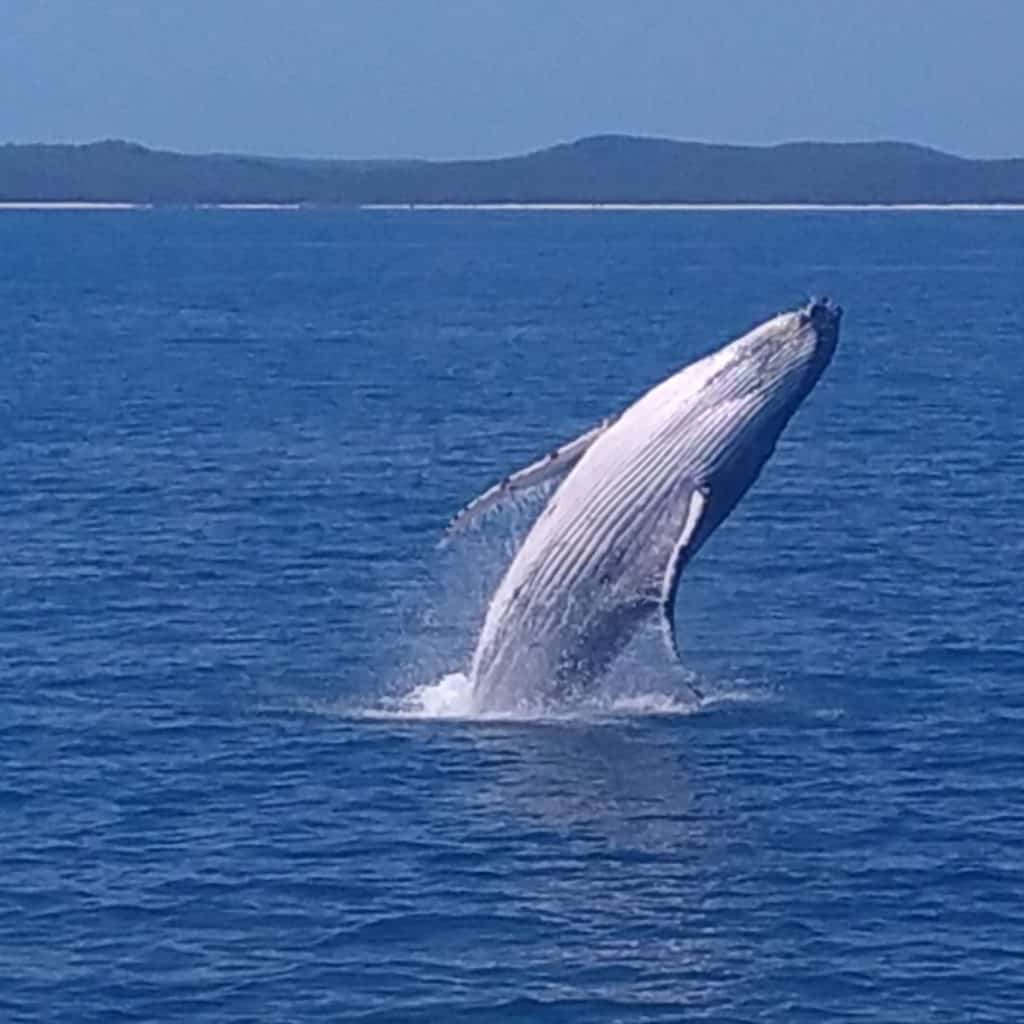
Australia Humpback Research Groups
Centre For Whale Research
This particular group operates out of Western Australia . While humpbacks are known to be sighted off the eastern coastlines of Australia, Western Australia still sees their fair share of them.
. While humpbacks are known to be sighted off the eastern coastlines of Australia, Western Australia still sees their fair share of them.
This group started investigating a humpback population around 1990. Due to this specific research, a marine park was founded for the humpbacks to breed and calve in.
This marine park was named the Lalang-garram Camden Sound Marine Park .
.
While the centre focuses on humpbacks, they also study other whales, like sperm whales and pygmy blue whales.
Moreover, the centre reaches out to conduct whale research all over Australia, just not within the western coastlines.
As with most other research facilities, their studies often help conserve the environments that humpback whales, and other species, have to live in. This is to ensure that their population counts stay healthy and on track.
The Centre For Whale Research is also actively a part of current studies revolving around humpback whale songs. Some people might not know, but humpback whales can actually sing!
It is only the males who sing and it quite the phenomenon. In fact, the exact purpose behind the singing isn’t exactly clear. It is thought to be related to mating, though not enough evidence has really proven this.
The singing could also be an attempt to find other humpback whales in the ocean. Considering that these songs can reach anywhere from 20 to 10,000 miles, it is a possibility!
Australian Institute of Marine Science
This institute is part of the Australian government’s efforts to protect humpback whale populations. Like the Centre For Whale Research, the AIMS group also focuses on other whale species.
also focuses on other whale species.
When it comes to their findings related to humpback whales, AIMS specifically looks at the whale’s movements. Their studies showcase the whale’s habitat areas around Australia, especially those related to calving and nursing.
This particular research is important because it helps keep the whales safe during and after the birthing of their calves.
The primary way that this group photographs the various humpback populations it comes across is through satellite imaging. Satellite imaging can focus on larger spans of ocean area while still providing clear and concise pictures of these creatures.
This imaging process also helps to monitor whales during their breeding practises.
These two specific groups are widely known through Australia not only for their research but also for their conservation efforts of humpback whale populations.
Humpback Whale Research Internships
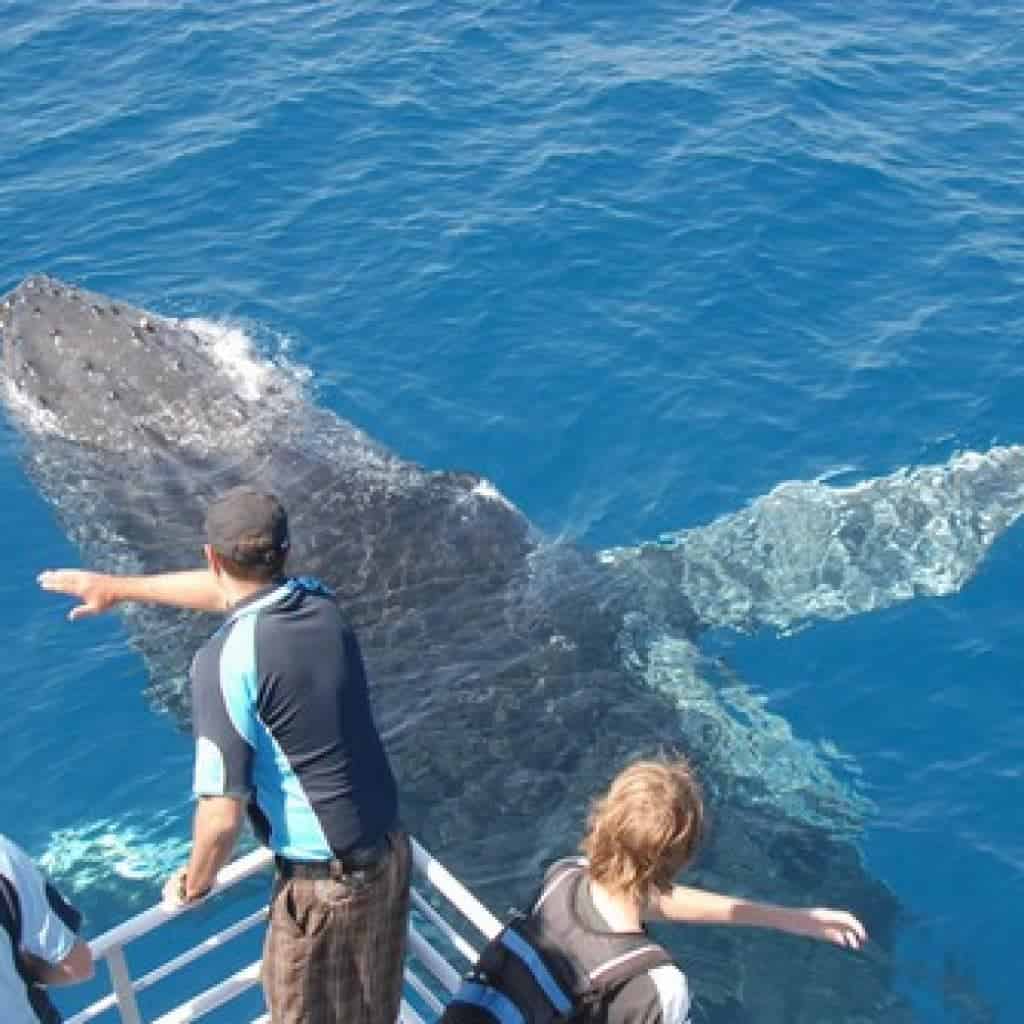
Internships have been a constructive way for people entering a specific field of work to get hands-on experience within their fields.
have been a constructive way for people entering a specific field of work to get hands-on experience within their fields.
Internships exist for a lot of different work fields but are also known throughout the marine biology world.
Generally, internships are only offered to college students who have graduate or undergraduate degrees. They can be paid or unpaid depending on the agency.
Many programs all over the world offer humpback whale research internships.
Most of these agencies seek candidates that are passionate about marine life and have a strong desire to not only continually learn about humpbacks but also to aid in their conservation.
While these whales aren’t considered endangered by any means, it is still important to maintain their lifestyles and ocean habitats as much as possible.
The focus of the internship will also vary depending on the program that a student enters. There could be a lot of desk work and data input.
There could be field research where the students get to join in collecting physical data or information.
Or it could be a big mixture of both! Either way, these internships provide essential opportunities to learn, grow, and engage in any research related to humpback whales.
Volunteer Humpback Whale Research
Volunteer humpback whale research differs from the internships, though they do have similarities.
humpback whale research differs from the internships, though they do have similarities.
Internships require the person to be a student while volunteers are simply offering up their time to be a part of the bigger picture. Volunteers aren’t generally paid so it is more of an educational adventure for these individuals.
Another similarity between volunteer work and internships is that these programs are found all over the world.
As result, many different types of people from different backgrounds can partake in these important research programs.
Volunteers can expect to participate in boat-based research alongside a marine specialist. This could include digital capturing or journaling. No matter what, this helps the volunteers feel like an active part of the programs.
Whale Research Hervey Bay
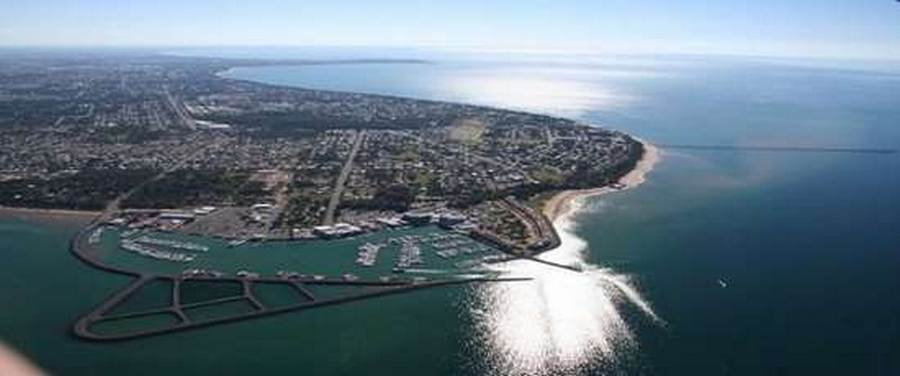
Hervey Bay is a popular bay located in Queensland, Australia. The biggest reason this bay area is so iconic is because of its whale-watching opportunities.
In fact, the area is known as the “whale-watching capital of the world” because thousands of whales migrate to these eastern shorelines every year.
Because of the droves of whales that frequent their waters, Hervey Bay has its own research group called the Pacific Whale Foundation.
This foundation focuses on the humpback’s that make their way to the bay area every year.
What makes the research in this particular part of the world so unique is that the whales aren’t coming to Hervey Bay for mating or for feeding.
They simply stop on their migration route to relax. Perhaps, the whales are taking their own mini “holiday“! Either way, the foundation focuses on observing the whales in the waters.
The waters around Hervey Bay are clear, pristine, and absolutely stunning for its residents and tourists. The whales seem to enjoy them as well. The waters are the perfect temperature and remain pretty calm throughout the bay area.
This truly provides the humpback whales with the perfect place to frolic with their families.
Guests to the area can take boat tours to see these creatures a little more up-close and even swim with Humpback Whales! Some groups of humpback whales also have baby calves which are a real treat to witness as well!
The researchers within this foundation have found that the waters are used by the mother humpbacks to provide care for their newborn calves.
However, their research studies don’t end there. This group also extensively identifies any threats to the humpbacks that are caused either by climate or human-related impacts.
People don’t always realize what types of human-related activities could impact the whales and their environment. Below are some examples of human-related activities that can directly affect humpback whale populations
Human-Related Impact On Humpback Whale Environments
| Vessel traffic | Fisheries |
| Marine tourism | Pollution |
These are just the top impacts on the environment. There can be other examples, but these have proven to be an issue time and time again.
The Pacific Whale Foundation strives to continually conduct research in these areas, especially with concerns about climate change.
strives to continually conduct research in these areas, especially with concerns about climate change.
Because Hervey Bay draws in so many humpback whales, it is important to understand how to keep them safe during their migration journey!
While this research group is exclusive to the Hervey Bay area, they have resources with other groups around the world in their continued efforts to keep humpback whale studies afloat.
These various research agencies are playing a large part in understanding everything about humpback whales.
These magnificent creatures are always a source of new information and all the efforts put forth to protect and conserve them are priceless!
More Pages On Whales
Hervey Bay is a stunning section of Queensland known for its string of coastal towns along the eastern coast of Australia. It has quiet beaches, access to world heritage sites, fishing opportunities,...
Hervey Bay in Queensland Australia is one of the most iconic places to watch humpback whales. In fact, the area is so popular for its whale-watching, it is known as the whale-watching capital of the...


